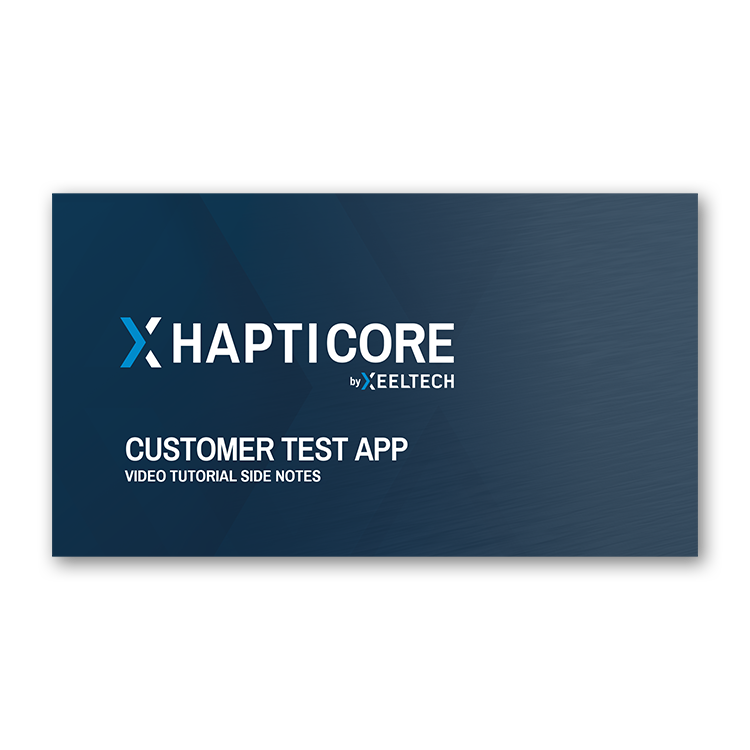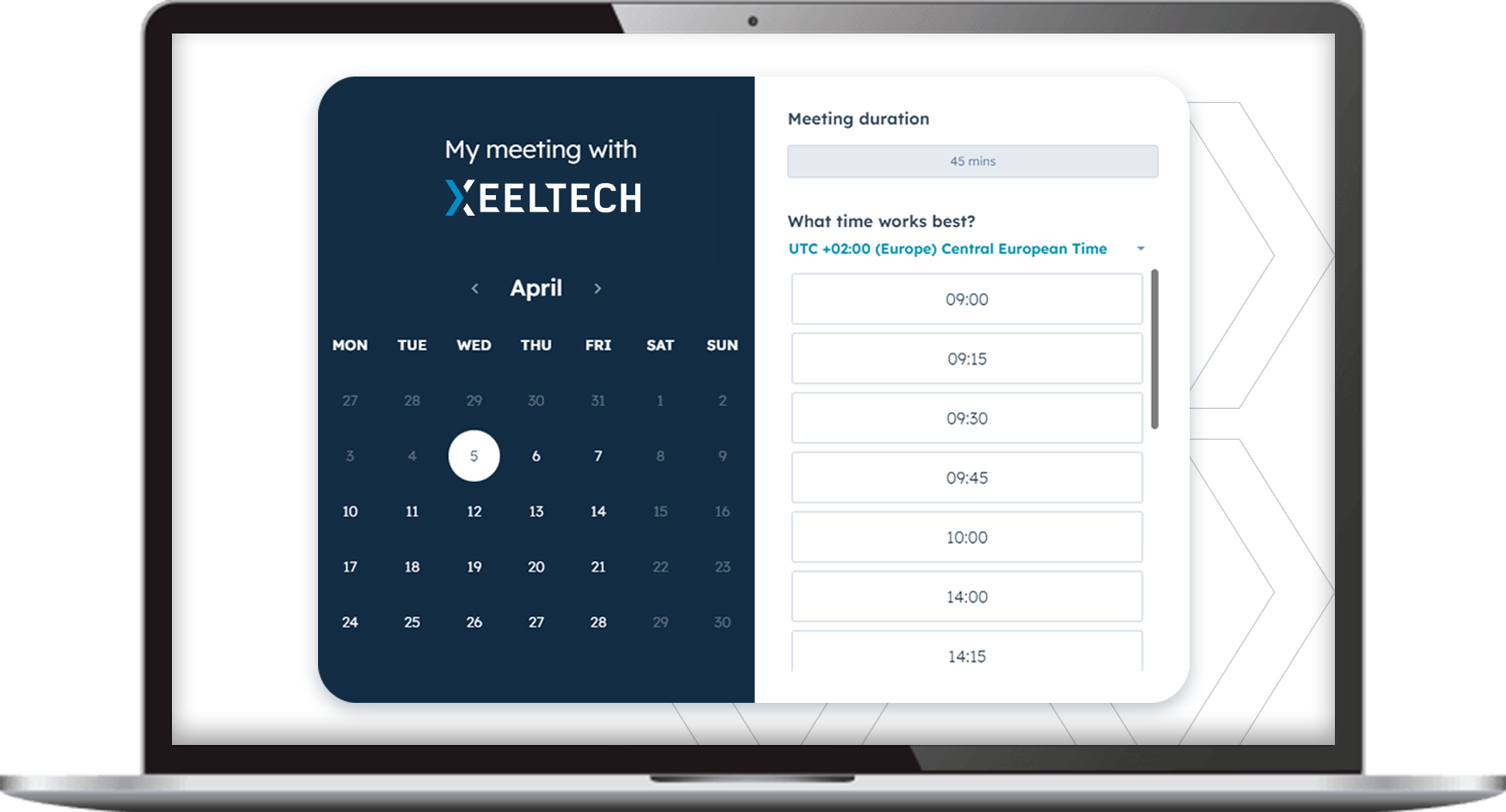Learn to use the Customer Test App, our software solution to create, edit and share your own haptic feedback modes
The Customer Test App offers you a variety of functions to create your own haptic feedback modes for your HAPTICORE encoder. In our 6-part tutorial series, you will learn how the functions of the app are structured and develop more complex haptic feedback patterns step by step.
You want to learn more about the features of the Customer Test App and the different software-generated haptic feedback modes? Visit our software page.
Generate haptics exactly the way you like it, with each of our HAPTICORE encoders
Although all our HAPTICORE actuators can be controlled with our software solutions, they are designed for different forces and applications. Therefore, depending on the HAPTICORE you are using, you may need to use different parameters to generate clean haptic feedback.
With these side notes, we give you all values to reproduce the examples shown in our Customer Test App video tutorials and to quickly create your own haptic modes with your HAPTICORE actuator.
1. First Steps Guide
In this video, we will introduce you to the interface of our software solution, helping you to easily generate your own haptic feedback patterns for our HAPTICORE encoders. Therefore, we show you how the app is organized, how to connect your HAPTICORE encoder or HAPTICORE Eval Kit, and how to import, customize and save haptic feedback patterns.
2. Ticks
What makes a good tick? Is it soft or rough? With the Customer Test App, we give you the perfect tool to customize your ticks so that they fit your taste and your application.
In this video, we take a closer look at the different settings within the tick function and give you some important tips on how to create your own haptic modes with ticks.
3. Barriers
In this video, we take a closer look at the Barrier function, about everything you need to know to create your own haptic feedback patterns with barriers, how to combine barriers with other haptic feedback functions, and important things you need to pay attention to, in order to generate clean haptic feedback.
4. Current & Torque
In this video, we explain the difference between the torque and the current function. As often, the difference lies in the detail, but in this case, it has a big impact on the turning characteristics of your HAPTICORE and how the haptic feedback feels. So, we help you generate even more intuitive haptic feedback modes using the torque and current function.
5. Lock
A smart control element should not only be easy and intuitive to use but also be safe and prevent unauthorized users from operating. In this video, we show you how to use the lock function to indicate to users, that they are not permitted to use your product. Additionally, we demonstrate how to use directional settings to combine the lock function with other haptic functions and settings.
6. Encoder Calibration
Usually, your HAPTICORE encoder should arrive calibrated and ready to use. However, in case the Customer Test App indicates that your encoder is not calibrated, we demonstrate how to recalibrate the device.
Schedule a Free HAPTICORE Demo
Experience programmable haptic feedback
Learn how our technology works
Discover optimization potential for your HMI
Find the right HAPTICORE product for your application
GET IN TOUCH WITH US
Email: mail@xeeltech.com
XeelTech Headquarter
Salzburger Str. 52
4800 Attnang-Puchheim
Austria
XeelTech Engineering Office
Technologiepark 10
4851 Gampern
Austria





